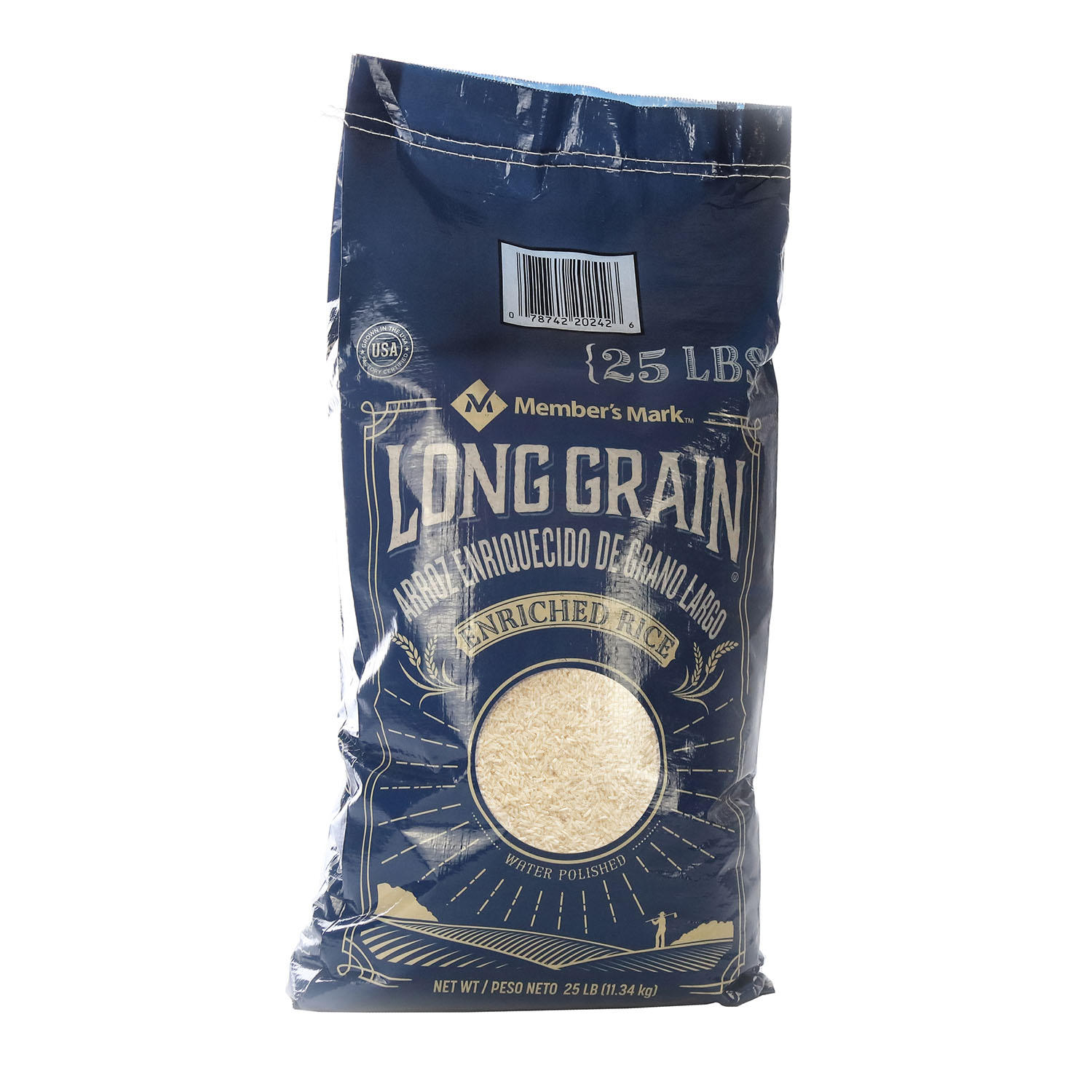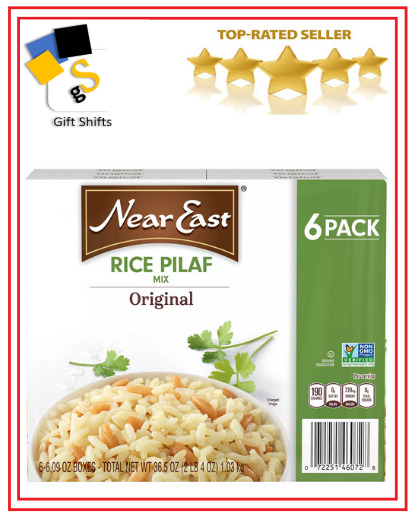-40%
Native American WILD RICE Hand-harvested by canoe MN organic gluten-free Non GMO
$ 23.75
- Description
- Size Guide
Description
Harvested September 2020.This Wild Rice (Zazina Palustris) is a true delicacy. It is a natural growing aquatic grass in the boundary waters, streams, and lakes of Minnesota. it is NOT CULTIVATED.
Most wild rice is generally domesticated, cultivated, hybridized, and commercially grown. Wording on the packaging or the name of company, often suggests it is naturally growing or wild. The difference between the flavor, texture, and cooking time is VERY different. Naturally wild rice form waterways cooks in 30-45 minutes depending on texture wanted. A quick way to tell the difference between naturally growing wild rice and cultivated is to scratch the grain. If the bran (exterior dark brown color) scratches off to reveal the lighter color of the rice it is natural wild rice and NOT cultivated. Cultivated wild rice is dark all the way through and not true wild rice
True wild rice is still collected in the traditional manner. With a canoe, hand-harvested and woodfire parched. This manner of harvesting is the most environmentally friendly way and does far less damage to the fragile ecological system like the fertilizers, machines, and airboats used in commercial operations.
It is known as Manoomin (The good berry) by the Anishinaabe (Ojibway) and it has also been called Indian Rice, Native American Rice, Canadian Rice, Indigenous Rice, Squaw Oats (although many of us Native American women resent the connotation of the name “Squaw”), Water Oat, Marsh Oats. It is predominant in the Great Lakes region and Canada.
We wildcraft and sustainably harvested from lakes and streams. From the Boundary Waters Canoe Area Wilderness (BWCAW) to the Iowa border, it grows annually and in the fall it is harvested. There is a small window of opportunity each year, several weeks. We hand-harvest by canoe regardless of what Mother Nature has planned. Sunny and hot to rainy and windy, we are out collecting the rice.
In a traditional manner when harvesting the rice, one person navigates through the rice using a Push Pole. Another person bends the stalk over the canoe and taps the rice that is ready to drop off. It is then dried, and over a wood fire, it is parched. The wood fire process lends a smoky flavor to the already nutty taste of wild rice. After parching, the hulls are removed from the grain and ready to cook.
When it is finished properly, it can be stored, unlike other items, indefinitely.
THIS QUALITY MAKES IT PERFECT TO PUT IN AN EMERGENCY KIT or INCLUDED AS A PREPPERS GROCERY SUPPLY. STOCKPILE NOW!
It can be used in many types of dishes or ground into flour. It can be eaten naturally cooked, added to soups, salads, hot dishes(casseroles), pancakes/waffles, desserts.
Nutritionally, it equals or surpasses other grains like oats, wheat, and corn. It is high in protein and carbs; low in fat. Wild rice has 101 calories in 3.5 grams of uncooked rice.
When not parched the wild rice seed can be used ornamentally in water gardens or sewn into reclaimed natural lakes. It attracts wildlife such as ducks, Red-winged blackbirds, and other waterfowl who eat the grain. Wild rice also provides a nesting area for wildlife. We do sell green seed, that has not been parched, as well.
COOKING INSTRUCTIONS
1 Cup dried Wild Rice makes 3-4 Cups cooked rice.
With hot faucet water, rinse and drain, 1 cup rice three times
In a saucepan heat 3 cups bone broth or water.
Add rice after the final rinse.
Slowly bring to a boil.
Reduce heat and simmer approximately 30 minutes or until desired consistency Drain away excess water
*** Sampler size cooking variation.......
2 ounces = ⅓ Cup uncooked = 1 C. cooked wild rice Use 1 ⅓ Cup Water (broth) for sample size cooking.
Some years the yield is extremely low and each year there is a smaller area to harvest from as pollution and urban sprawl grows. These features combined with Mother Nature’s plans means you should get this season's supplies while they last.
We offer you an eco-friendly, sustainable, green product. The laws governing harvest are less destructive to our fragile environment than cultivated rice. Your rice will be packaged in an unbleached recycled paper bag with the thought in mind the consumer is filling or refilling a storage container. We do offer gift containers with rice as well as, in sample sizes and bulk too.
Nutritionally speaking it is a superfood and one of the world’s strongest antioxidants. Wild rice has a higher protein content than brown rice or cultivated varieties.
We want you to experience the flavor of the outdoors and notice the difference for yourself. Not only the difference in texture, flavor, and aroma but, also the energy bestowed it and the manner in which it was collected…. With prayers of gratitude and love in our hearts.
This rice is blessed during the process with ceremonies from start to shipping. We pray and ask that it not only nourishes the body but the mind and soul, radiating out in happiness to those around you…..
With love and light from our canoe to your plate.
Miigwech! = Thank You!
(in Anishinaabe/Ojibwa)















